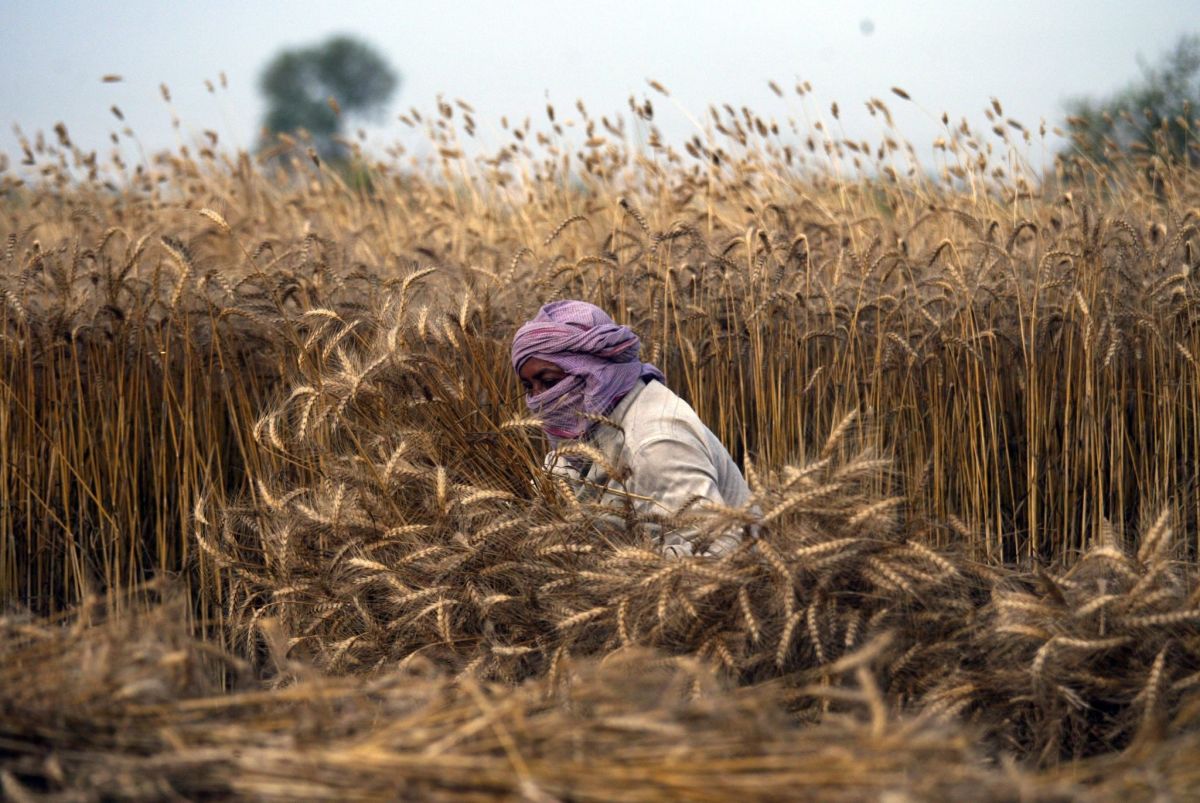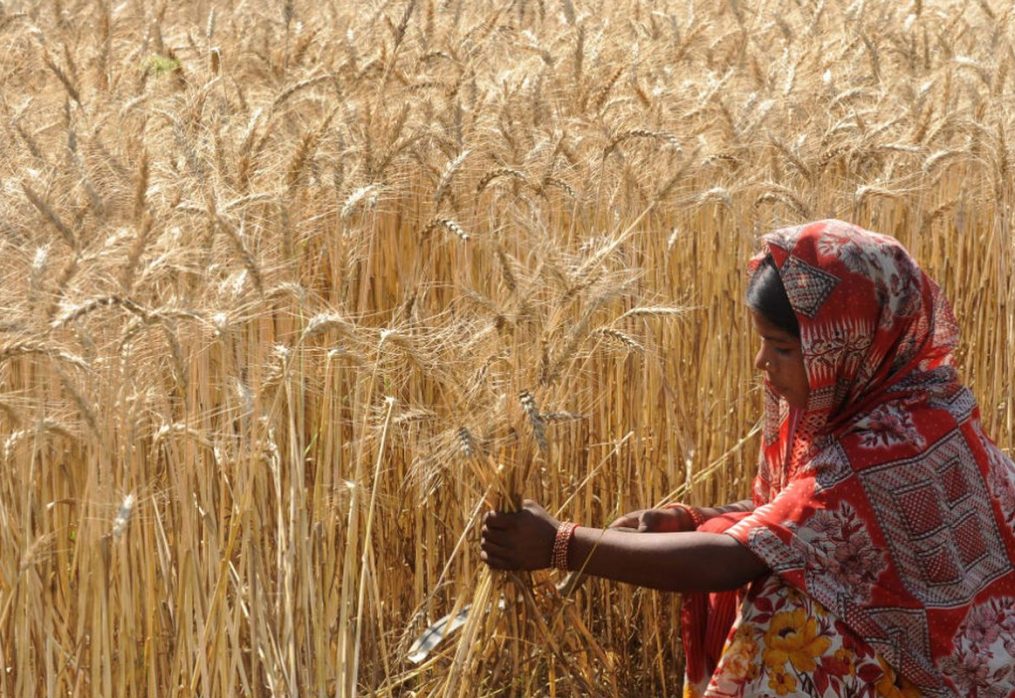Record wheat harvest expected in India
India’s record wheat harvest: forecast by experts
Experts predict a record wheat harvest in India, thanks to which the country will increase exports. Experts have not yet given exact figures, but the area for sowing grain amounted to 34.5 million hectares, which is 1 million hectares more than in the previous period. These figures are record-breaking for the agricultural sector in India, and give analysts reason to hope for good yields.
The fact is that the country is experiencing increased soil moisture after last year’s prolonged monsoon. However, the increase in sown area is mainly due to the increase in purchase prices, which has already been announced by the Indian government. It is worth noting that the country’s previous peak in wheat production was recorded only last year. Then the grain harvest amounted to 107.6 million tons.
Following an increase in yields, experts predict an increase in exports. In addition, the cost of products on the domestic market also contributes to an increase in supplies. The price of wheat in some states of India fell, and now stands at $229-250 per ton.
Experts say that Bangladesh has every chance to become one of the main buyers of grain this season. Prior to that, Russia imported large quantities of Indian wheat, but after a tightening of import standards, supply volumes have declined substantially. According to USDA forecasts, this season Bangladesh may buy 6.6 million tons of wheat. So far, contracts have been signed for 200 thousand tons at a price of $210-220 per ton, and at $250-260 per ton. Such a price is profitable for Bangladesh, so experts hope that in the future the country will increase imports. For comparison, the average export price of Indian grain last season hovered at $300-310 per ton.

From April to December 2020, India exported 976,083 thousand tons of grain to various states. In the 2019/2020 season, this figure was 217.01 thousand tons. In addition to Bangladesh, the country plans to increase the supply of the crop to other Southeast Asian states, as well as Sri Lanka.
So far, the situation in India remains stable — a high crop is expected with low demand on the domestic market. Therefore, local suppliers will look for opportunities to increase grain exports to avoid oversupply.
Decrease in price from India may lead to lower supplies from other countries, which are trying to keep the cost of grain at a high level. In addition, a number of states will have reduced yields due to adverse weather conditions, and they will reduce exports.
